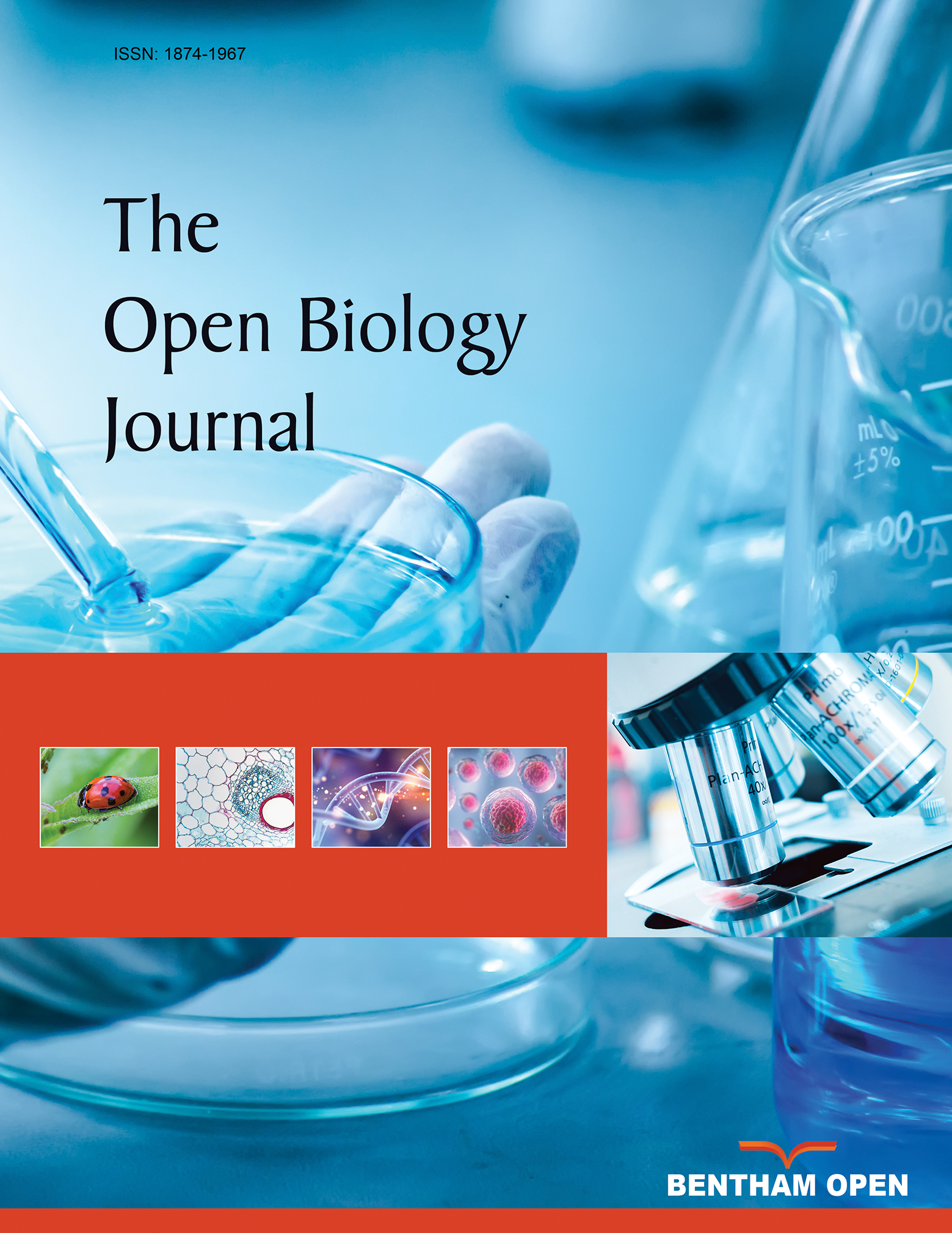All published articles of this journal are available on ScienceDirect.
Conserved Cytogenetic Features in the Amazonian Arapaima, Arapaima gigas (Schinz 1822) from Jamari River, Rondônia–Brazil
Abstract
Specimens of Arapaima gigas from Jamari River (RO) were cytogenetically analyzed. A diploid number of 2n=56 chromosomes was found (28m-sm + 28st-a). Secondary constrictions were observed on the short arms of chromosome 3. Nucleolar Organizer Regions (NORs) were detected at the subterminal region on short arms of the third chromosomal pair by both silver nitrate staining and FISH with 45S rDNA probe, being equivalent to secondary constrictions. The ribosomal sites were also characterized by size heteromorphism and presence of CMA3+/DAPI- blocks.
The constitutive heterochromatin was located at pericentromeric region of some chromosomes. After sequential Cbanding and base-specific fluorochromes staining, most of the heterochromatins proved to be neutral, i.e., with similar amounts of AT and GC bases. Nonetheless, some heterochromatic regions were marked by GC-specific fluorochromes in one chromosomal pair and by AT-specific fluorochrome staining on two pairs. The present data are in agreement with previous reports in populations from Araguaya River, indicating that conserved cytogenetic features are present in this important fish species.


